You may have read the recent controversy that what many restaurants are saying is Kobe Beef are not actually serving the real thing. In fact based on these articles only 8 restaurants are serving the real deal to their customers while the rest are BS’ing us in some way shape or form. This recent bruhaha as led me to write this post. Every photo in this blog post is 100% Authentic Japanese!
According to the Kobe Beef Association only 400lbs are allowed to be imported every month. If the restaurant you are eating at says they serve Kobe Beef ask them to see the their certification from the KBA. To read and in depth on Japanese Beef and see what 8 restaurants in the U.S are allowed to sell Kobe Beef Please follow the Jump…
Here are the 8 restaurants that are authorized to sell real Kobe Beef ( credit to Inside Edition )
1. 212 Steakhouse Restaurant, New York, NY
2. Alexander’s Steakhouse-Cupertino, Cupertino, CA
3. Alexander’s Steakhouse-San Francisco Restaurant, San Francisco, CA
4. SLS Las Vegas – Bazaar Meat by José Andrés Restaurant, Las Vegas, NV
5. Jean Georges Steakhouse, Aria Resort and Casino, Las Vegas, NV
6. Nick & Sam’s Restaurant, Dallas, TX
7. Wynn Las Vegas – SW Steakhouse Restaurant, Las Vegas, NV
8. Teppanyaki Ginza Onodera, Honolulu, HI
Ok next let’s talk about Japanese Beef because it’s all very subjective and a matter of preference. My personal opinion is that Kobe is not the best of Japanese Beef, it’s simply the most popular. If you live in Japan you will find you have a preference of the grade level and location the cow is from. One thing is for sure is that Japanese beef is really about Japan’s tradition of the highest quality.
I used to think that Japanese Wagyu cows are served a beer each day, listening to relaxing music and getting massages. I’ve even told my friends this and while it’s true in some cases (very few) it’s pretty much a myth and not a normally used method to create the best beef. The quality comes from the cows heritage and genetics passed down from previous generations. Each cow farmer over decades evolves the lineage through many ways creating many shapes and characteristics of their cow.
The average cow used for it’s beef in the U.S lives 15-22 months while in Japan it’s 30 and sometimes even longer. This has an incredible impact on the flavor and tenderness of the beef. The marbling and fattiness of the beef is the main distinction. The farmer experiments and fine tunes their feed mix to create their idea of the perfect flavor. Even the way the fat tastes can be different you can also just take the extra fat to cook different dishes. The fat is butter like and can melt at very low temperatures.
A lot of westerners visit Japan and simply want the highest grade they can buy just to say they have had the best. Not realizing that the highest grade may not equal the best tasting to the individual person. It’s similar to how westerners view Tuna, They jump to 0toro while most Japanese prefer Chu-Toro and even maguro as over time the less fat content in maguro allows you to taste a variety of flavors better vs the fat just taking over for a decadent melt in the mouth. I’m in this boat as well, I started going to Japan and loving 0toro, then realized I like chutoro because otoro is too fatty and after many years I began to learn and notice new things and became to prefer maguro. Anyway back to the beef…
There are different grades, A5 is the highest rating yet many believe it goes beyond that into uncharted territory. A5 can be the same quality as A4 it’s just the use may be different. The application does matter for how you eat it and your preference. The rating itself is based all around the fat marbling not the flavor or quality.
Wagyu is the cow and there are various of amazing farmers and locations they come from, right now we are just going to focus on Japanese Wagyu but there is also American, German, Australian and even other bred Wagyu that is sometimes mixed with their local cows. Wa means Japanese and Gyu means cow so it translates into Japanese cow and technically if it’s called Wagyu outside of Japan it isn’t real. Fancy restaurants with expensive steak will try to argue otherwise. My advice is to ask them if they know what Wagyu means and that you would like to see the ID # and certificate of that particular cow they are serving you.
A Wagyu farmer in Japan only has about 10-15 cows each and they have photos, records and every cows linage all charted very carefully even better than most humans know their own ancestry. If it’s real Japanese Beef from Japan that is good the restaurant will be able to show you the ID number of the cow.
Some interesting stats obtained from Tokyo Timeout Wagyu Guide:
5.5kg per year is what the average Japanese person eats each year – There are 250 brands of authentic wagyu on the Japanese market – there are 200 wagyu farmers in Kobe and most are over the age of 70 – Kobe is a region not a breed and there are only 4 breeds of wagyu ( Kuroge (black), Akage (red) , Mukaku (polled) , and Nihon Tankaku (shorthorn) Washu.
So why does everyone only recognize Kobe Beef? Kobe Beef is the Kuroge Black breed known as Tajima-gyu. They are bred in Hyogo prefecture ( Yes same place as Himeji and many of our handmade Japanese golf clubs on TSG! ) Kobe is the capitol of Hyogo. To be Kobe Beef the cows must always live and be slaughtered in Hyogo with a grade of 4 or 5. – Only 0.6% of the beef in Japan is Kobe Beef.
There are also various cuts like the tongue, skirt steak, kalbo, aitchbone, and rock. It’s also somewhat healthy as wagyu is mostly unsaturated fat with far more omega 3 and 6 while never ever given antibiotics.
With so many different ways to enjoy it I have had it as Shabu Shabu, Sukiyaki, Yakiniku, Horumon-yaki, Teppan yaki, Steak, Burgers, Tacos, in Ramen, on rice as Sushi, as Nabe.
There are many locations that amazing Wagyu is produced of course Kobe which has extremely high standards with buttery melty fat, Matsusaka is also very popular made of black bulls that are over 900 days old, Hokkaido beef that is raised on the best water and high quality grass, Kyoto, Ishigaki, Ozaki, Hida, Yonezawa, and Omi just to name the most famous ones. Each has it’s own subtle nuances so get out there and empty your wallets to find out what you prefer.
If you are visiting Tokyo and looking for a top place to eat one of the many preparations of Wagyu feel free to drop me an email at info@tourspecgolf.com and I will make some recommendations. Thank you for reading this post I’d like to give credit to our friends at Time Out Tokyo and Inside Edition for providing us the inspiration and extra added knowledge to write this.


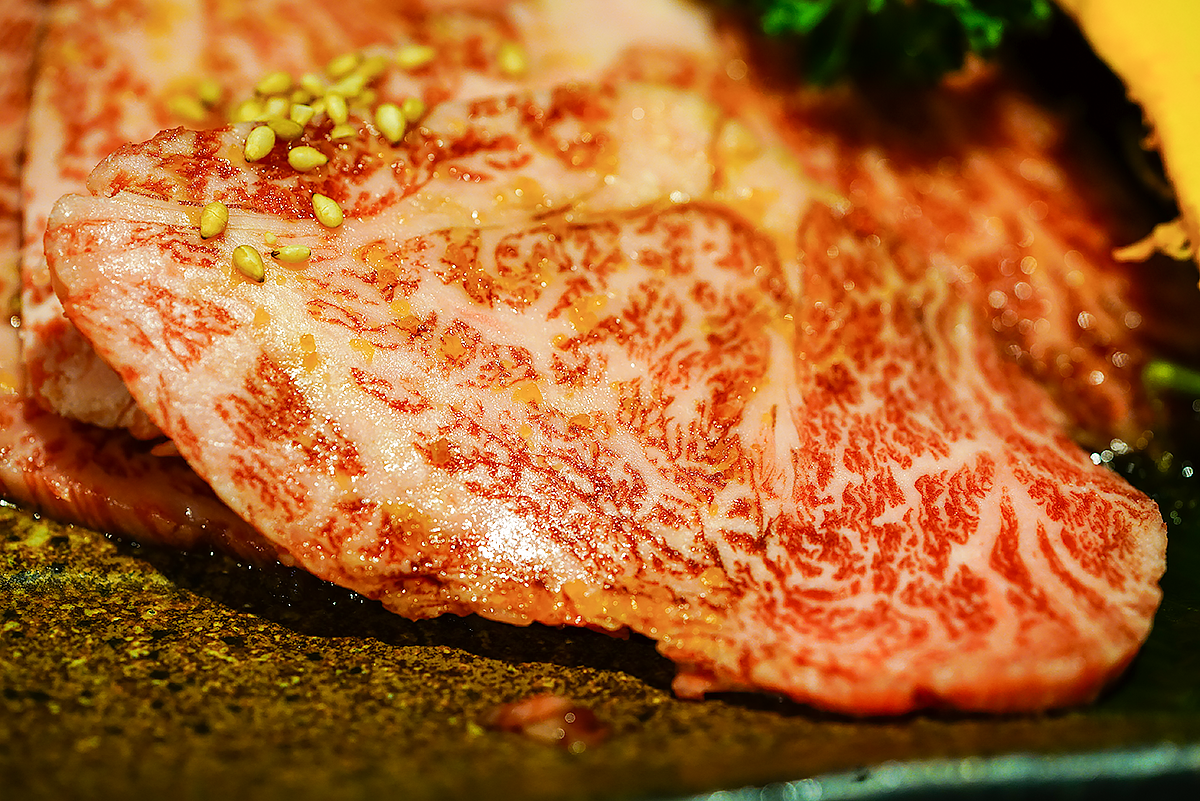
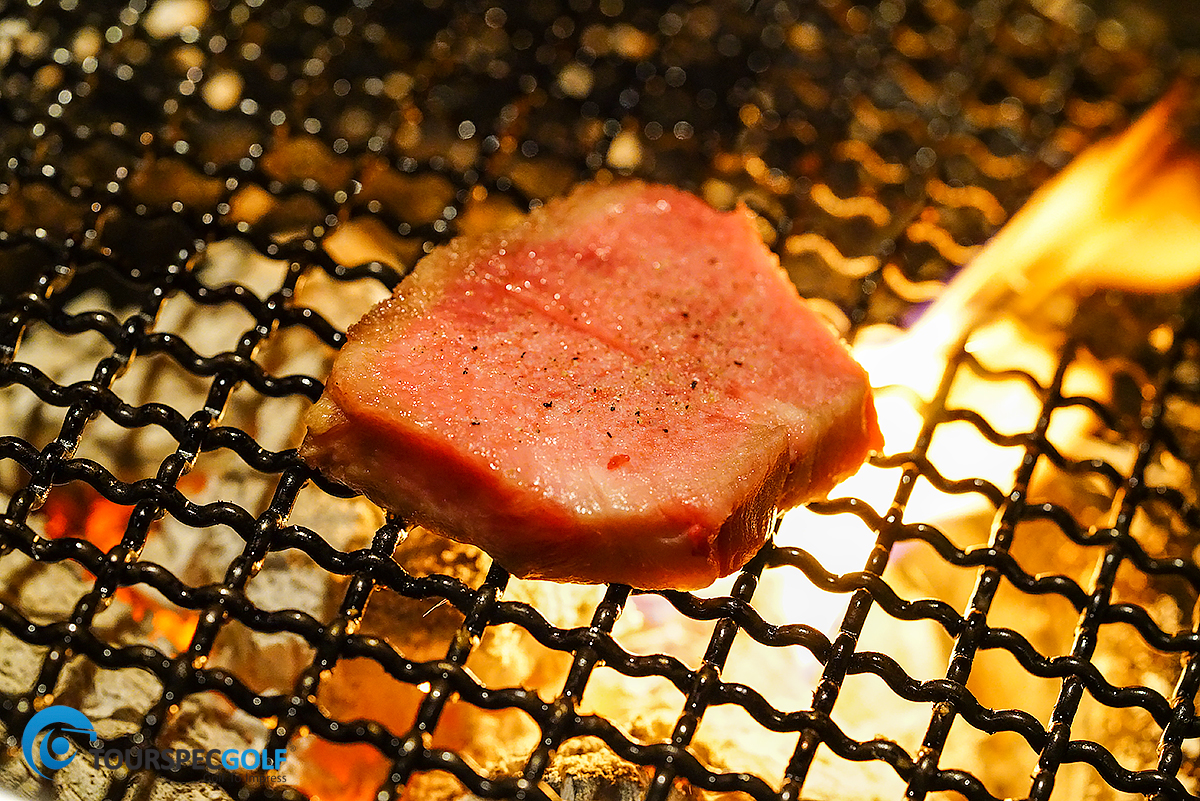
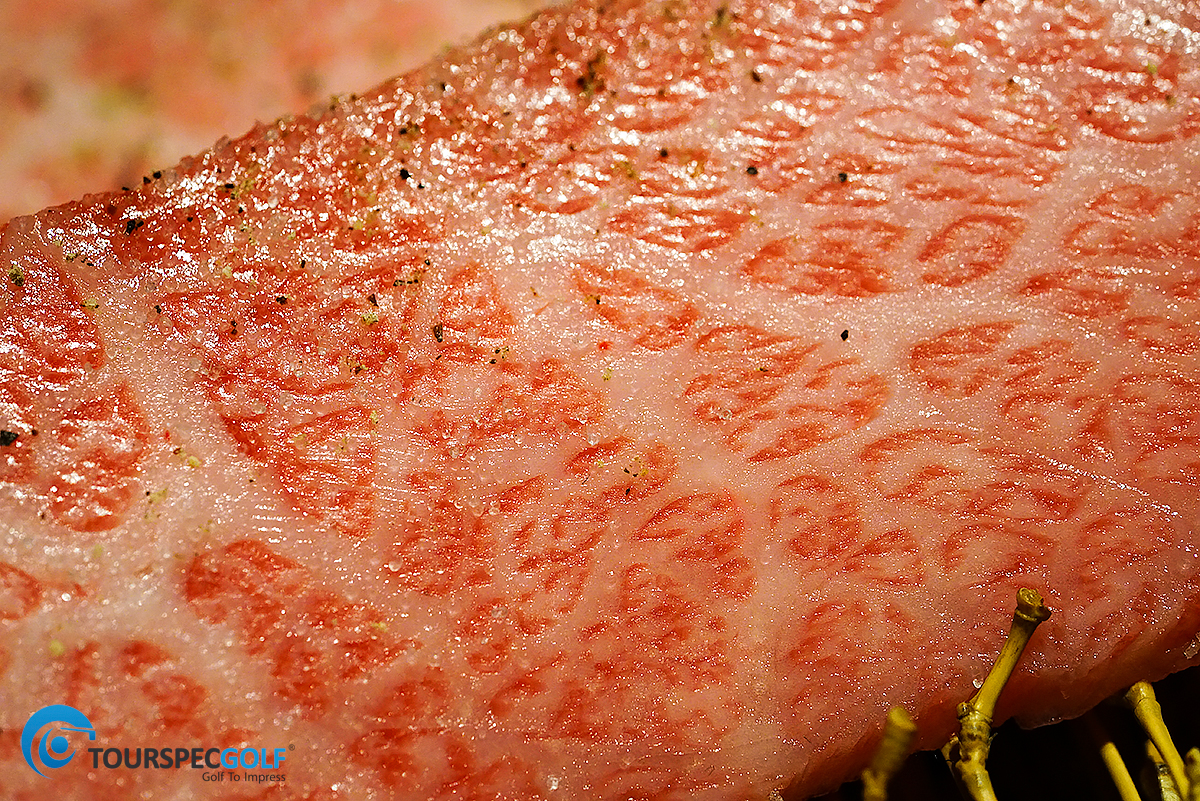
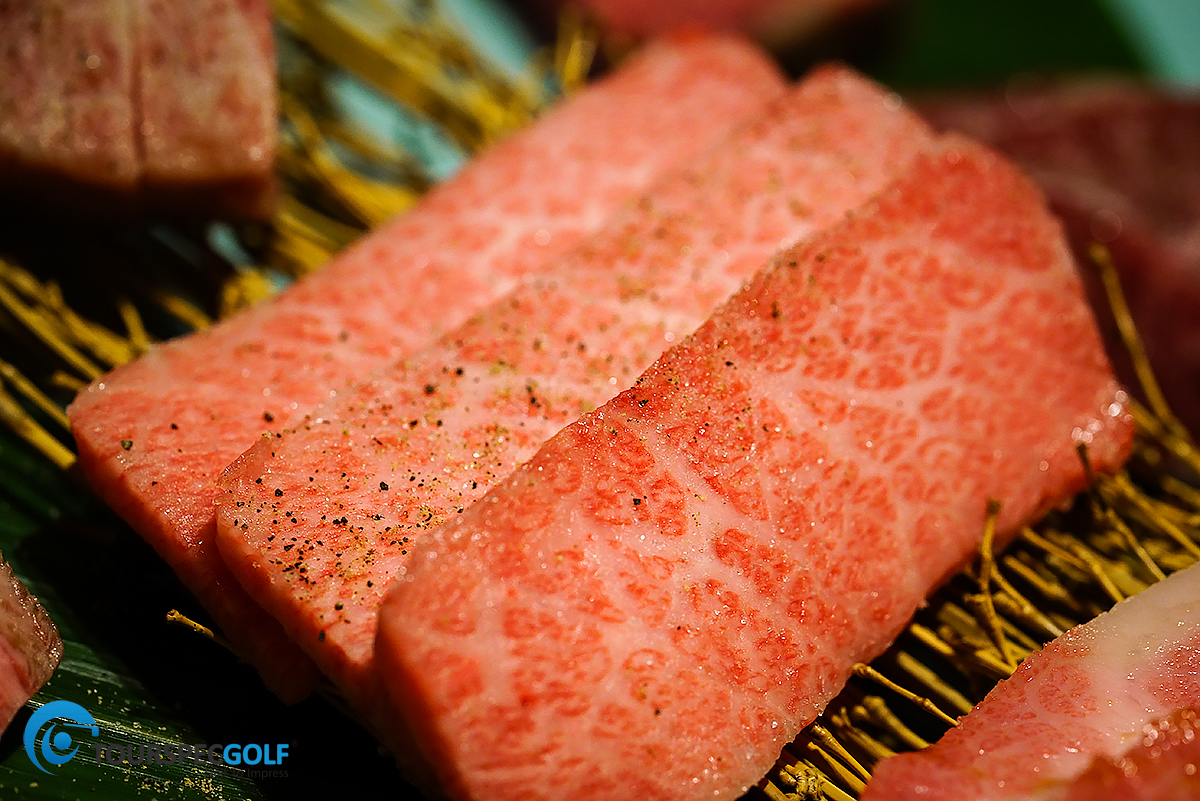
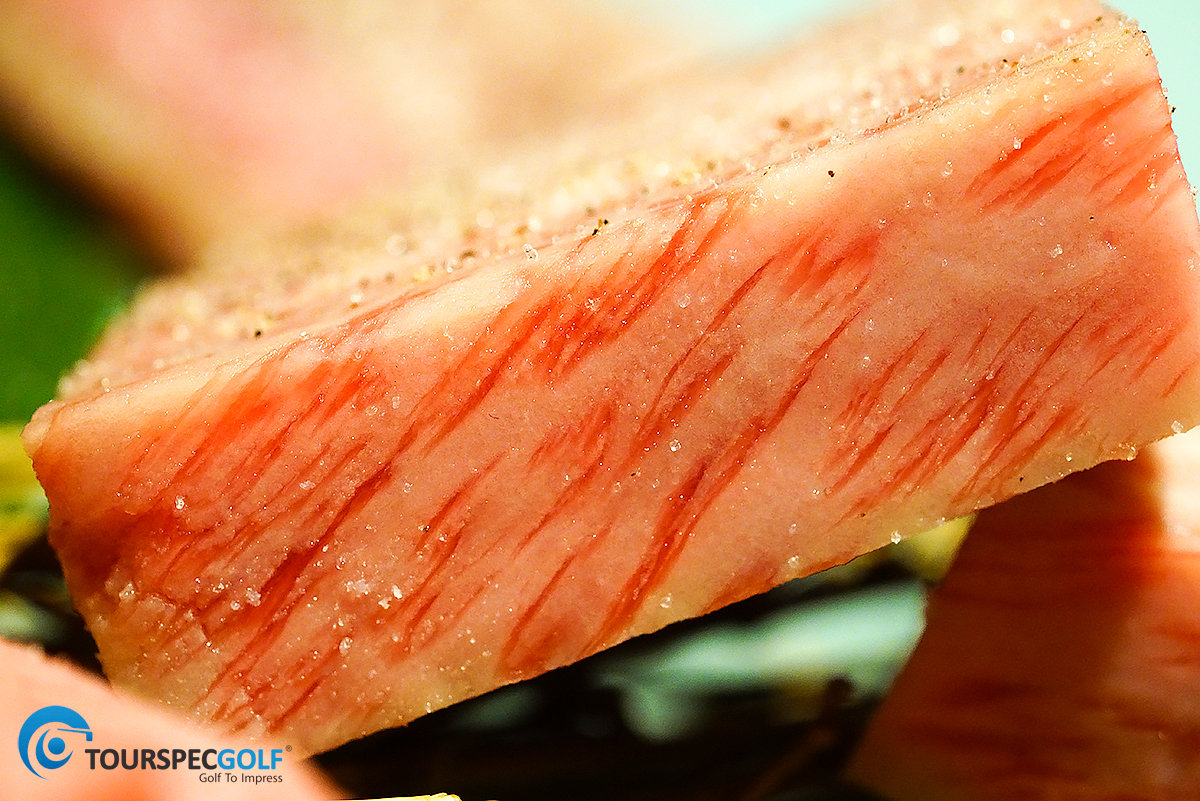

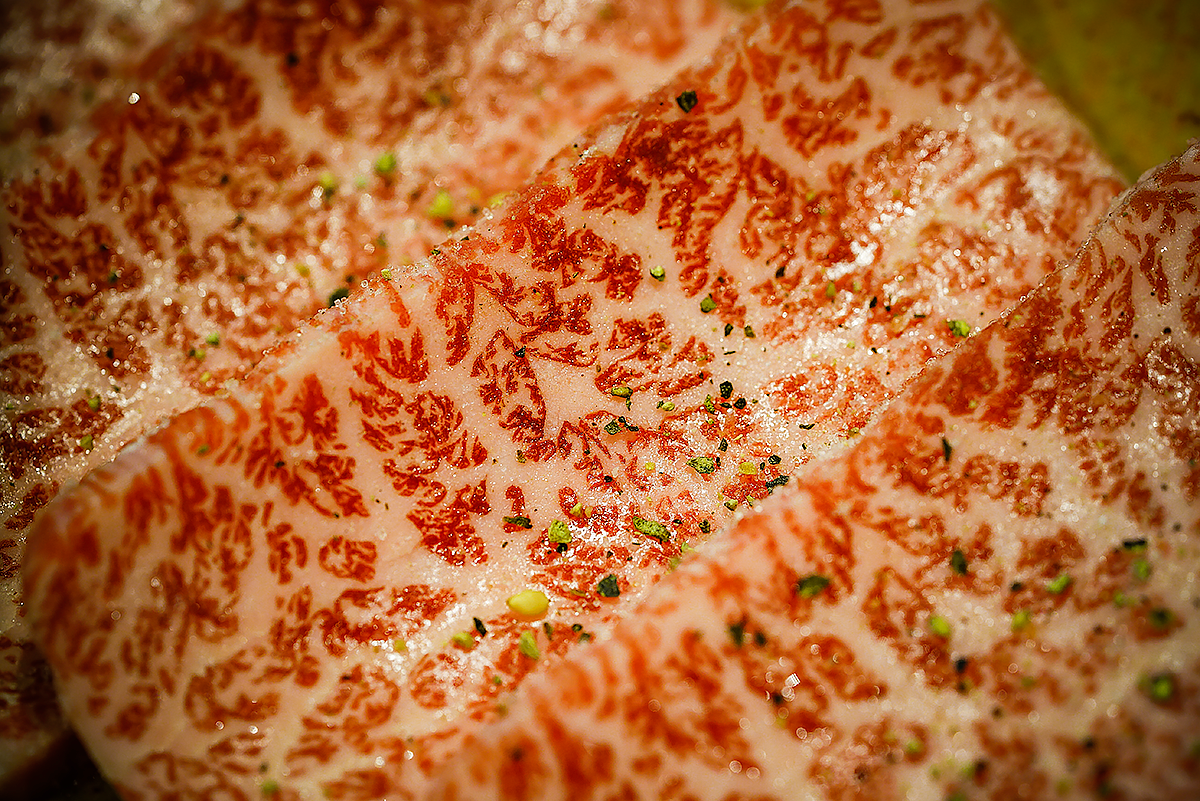

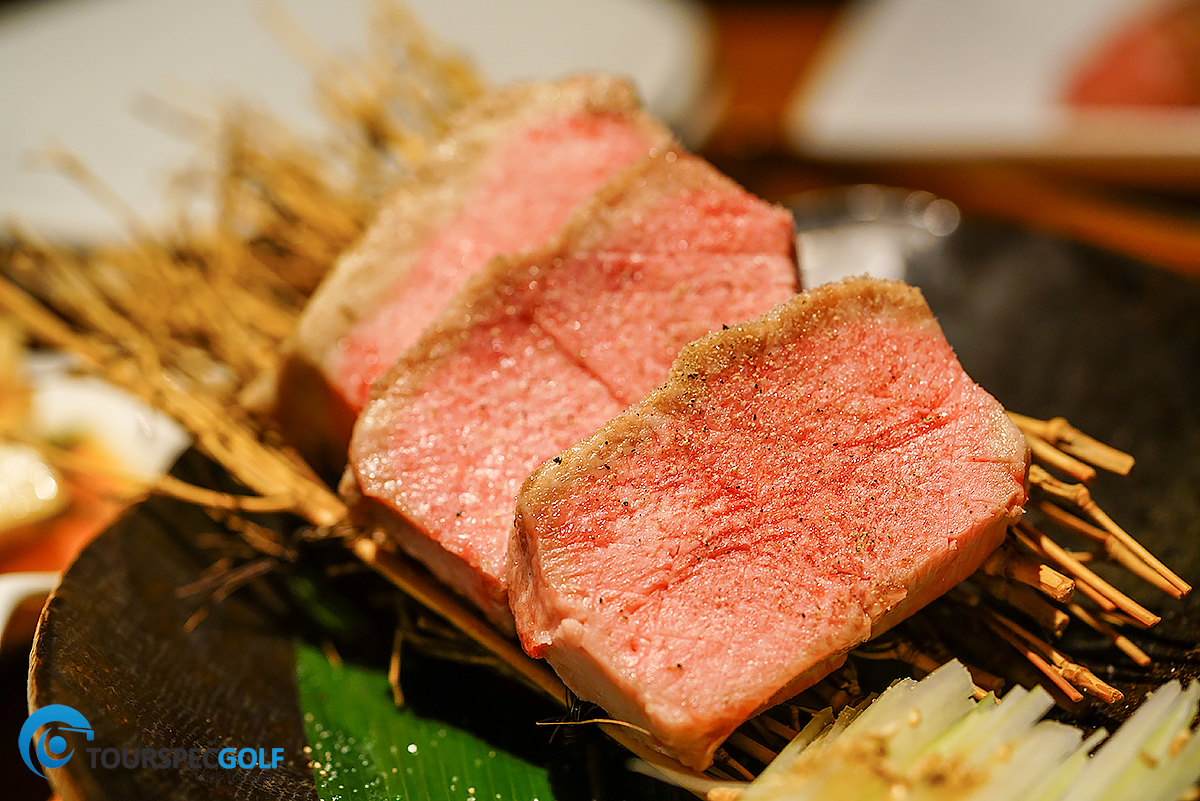
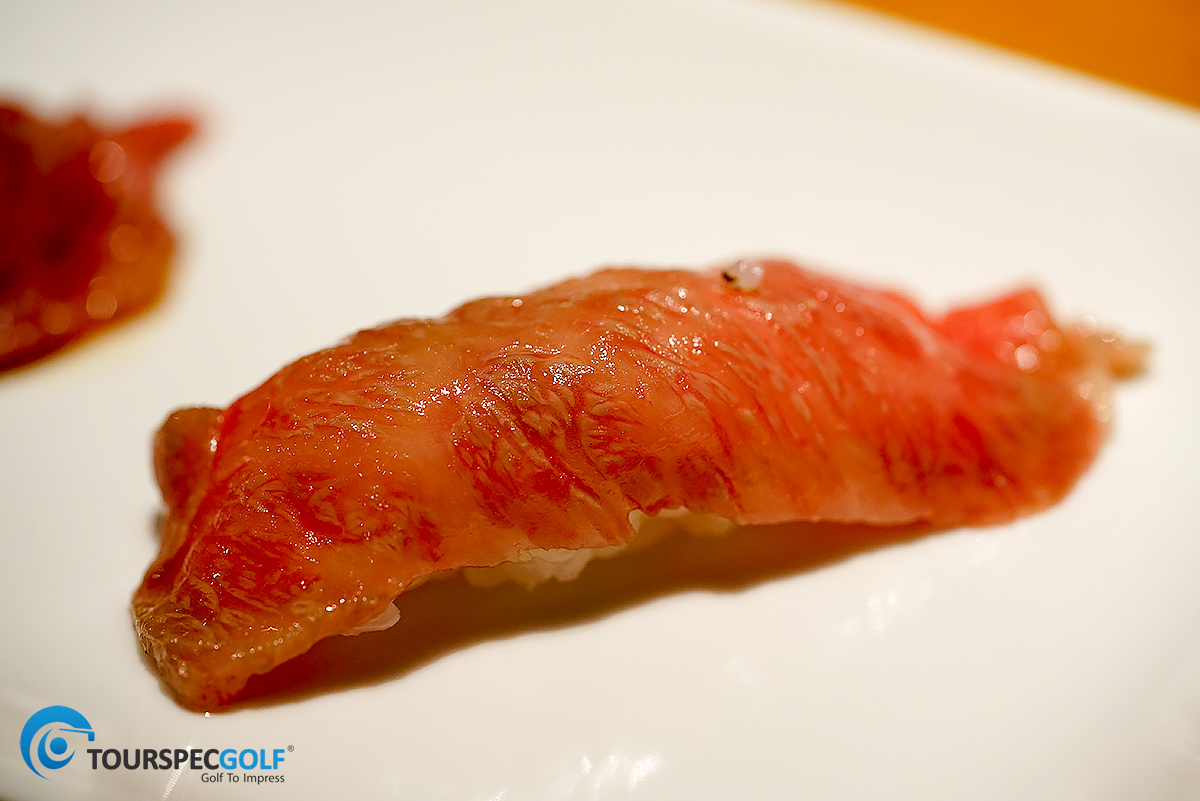

Excellent review of Japanese beef. Story made me hungry and want to go back Tokyo on next flight since there is no wagyu at all in Guam where I live now.